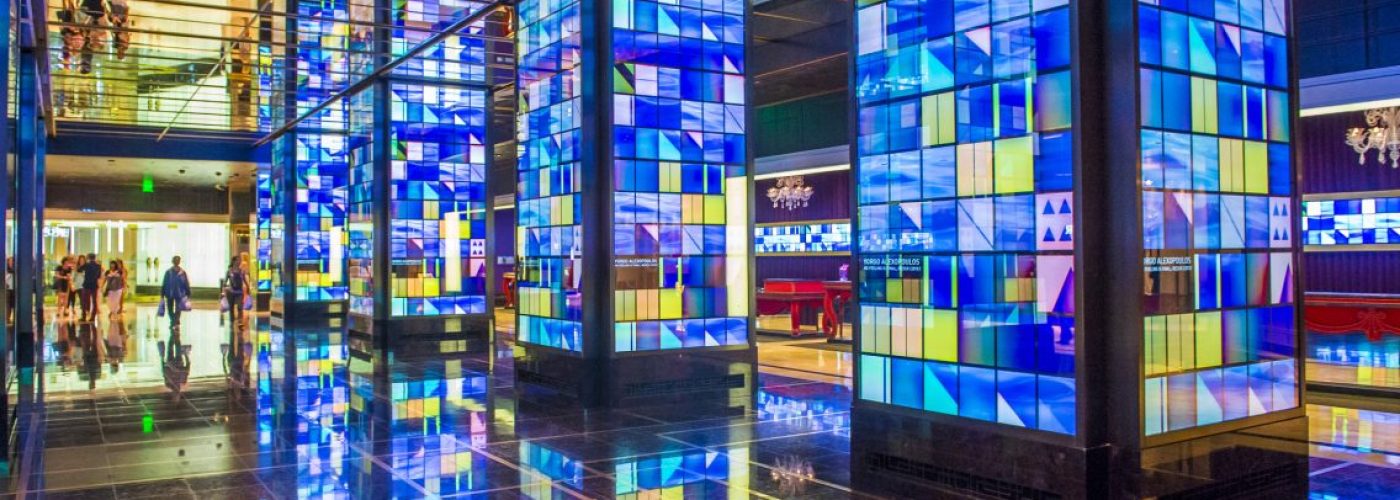Casinos have long been more than just venues for gambling; they are architectural marvels that showcase innovation, luxury, and cultural significance. From the opulent designs of 19th-century Europe to the cutting-edge structures of modern Asia and the United States, these establishments reflect the evolution of architectural styles and technological advancements. In this article, we explore some of the most intricate casinos ever constructed, delving into their unique designs, construction processes, and the stories behind their grandeur.
Marina Bay Sands, Singapore
Marina Bay Sands stands as a testament to modern engineering and architectural prowess. Designed by Moshe Safdie, this iconic structure comprises three 55-storey towers connected by a sky terrace known as the SkyPark, which spans the length of a Boeing 747 and offers panoramic views of Singapore. The construction required precise engineering to balance the cantilevered SkyPark atop the towers, a feat achieved through advanced construction techniques and materials.
However, back home, since not everyone has the privilege of being able to see such fancy establishments, many local players now prefer the convenience and appeal of the fastest withdrawal casinos. These platforms have become benchmarks in the online gaming world. They are increasingly popular among local players for their ability to process payouts in minutes, offer real-time customer support, and reduce waiting times. In a fast-paced digital environment, efficiency is just as important as elegance—and both are key to long-term appeal.
The Venetian Macao, Macau
However, if you are lucky enough to be able to travel, the Venetian Macao brings the charm of Venice to Asia, replicating the Italian city’s canals, architecture, and ambience. Covering over 10.5 million square feet, it is one of the most luxurious casinos around and one of the largest buildings in the world by floor area. The resort features a 15,000-seat arena, a convention centre, and a vast casino with more than 3,400 slot machines and 800 gaming tables.
Architecturally, The Venetian Macao showcases intricate detailing, with frescoed ceilings, ornate columns, and replicas of Venetian landmarks. The construction involved meticulous craftsmanship to recreate the essence of Venice, including indoor canals complete with gondolas and singing gondoliers. This fusion of cultural homage and modern luxury makes it a standout in casino architecture.
Casino de Monte-Carlo, Monaco
The Casino de Monte-Carlo epitomises Belle Époque elegance and has been a symbol of luxury since its opening in 1863. Designed by Charles Garnier, the architect behind the Paris Opera House, the casino features ornate decorations, marble atriums, and chandeliers that exude opulence. Its façade and interiors reflect the grandeur of 19th-century European architecture.
Beyond its architectural beauty, the casino has cultural significance, having appeared in numerous films and literature. Its construction marked a turning point for Monaco’s economy, transforming it into a premier destination for the elite. The Casino de Monte-Carlo remains a testament to timeless design and the allure of high society.
Luxor Hotel and Casino, Las Vegas
The Luxor Hotel and Casino brings ancient Egypt to the Las Vegas Strip with its distinctive pyramid shape and thematic design. Standing at 350 feet, it was the tallest building on the Strip at the time of its completion in 1993. The pyramid structure, topped with a powerful beam of light, required innovative engineering to achieve its unique form.
Inside, the hotel continues the Egyptian theme with replicas of artefacts, hieroglyphics, and statues. The casino floor and accommodations are situated along the pyramid’s sloped sides, creating a unique spatial experience. The Luxor’s bold design showcases how thematic architecture can create immersive environments that captivate visitors.
Encore Boston Harbor, Massachusetts
Encore Boston Harbor represents a blend of luxury and environmental sustainability. Completed in 2019, the $2.6 billion resort features a 27-story bronze-toned glass tower housing over 600 rooms, a casino, retail spaces, and dining establishments. The design emphasises natural light and incorporates high-end finishes to create an atmosphere of refined elegance.
A notable aspect of Encore Boston Harbor is its commitment to environmental standards, achieving LEED Platinum certification. The construction included the remediation of a contaminated industrial site, transforming it into a vibrant waterfront destination. This project demonstrates how modern casino developments can integrate luxury with ecological responsibility.
Conclusion
The architectural feats achieved in these casinos reflect a fusion of artistry, engineering, and cultural storytelling. Each establishment offers more than gaming; they provide immersive experiences that transport visitors to different eras and locales. As the casino industry continues to evolve, these structures stand as monuments to human creativity and the pursuit of excellence in design and construction.





